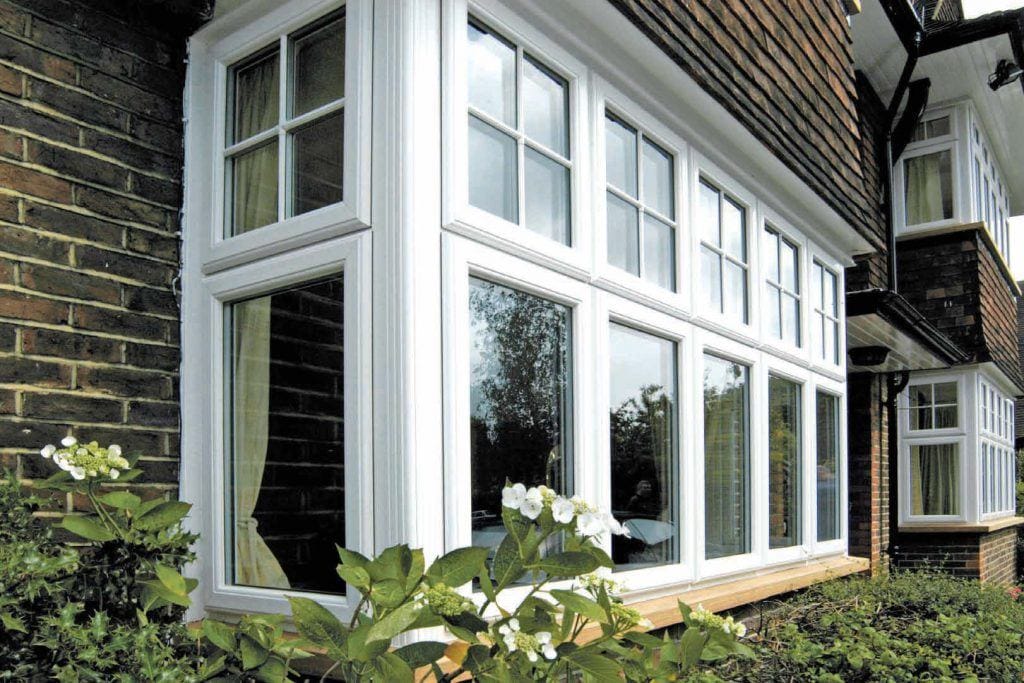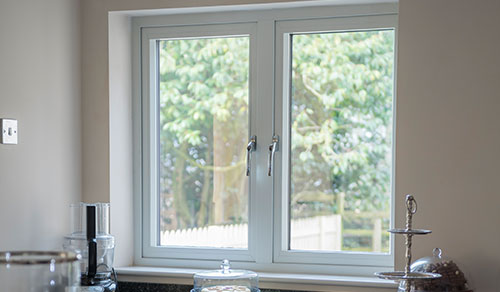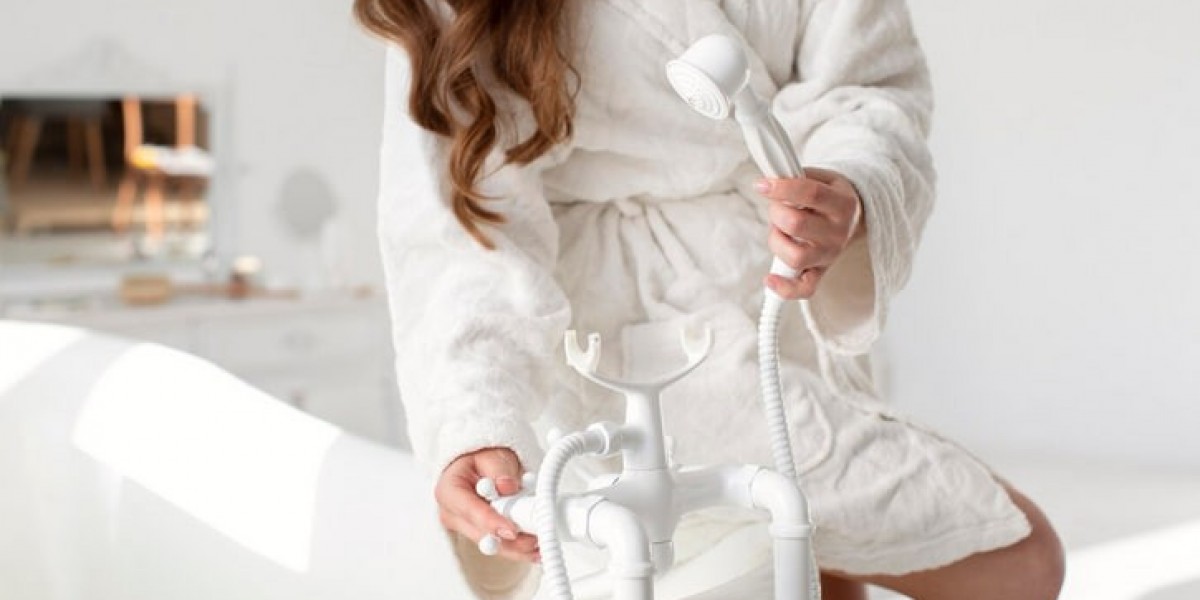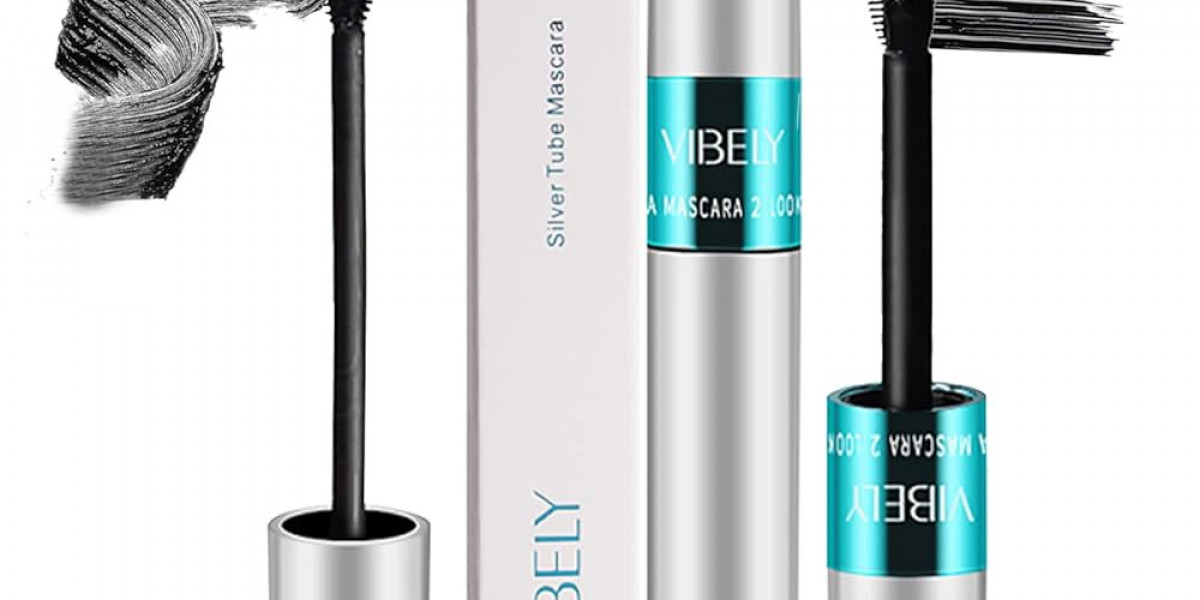
Carpets are a popular flooring choice in homes and businesses due to their aesthetic appeal, comfort, and insulation properties. However, carpets can accumulate dirt, allergens, and stains over time, necessitating regular cleaning to maintain their appearance and longevity. This report provides an overview of carpet cleaning, including various techniques, benefits, and best practices to ensure effective cleaning.
Importance of Carpet Cleaning
Regular carpet cleaning is crucial for several reasons:
- Health Benefits: Carpets can trap dust, allergens, and pollutants, which can affect indoor air quality. Regular cleaning helps reduce these contaminants, making the environment healthier for occupants, especially those with allergies or respiratory issues.
- Aesthetic Appeal: Clean carpets enhance the overall appearance of a room. Stains, dirt, and odors can detract from the beauty of a space, while freshly cleaned carpets can revitalize a room's look.
- Longevity: Regular maintenance can extend the life of carpets. Dirt and debris can wear down carpet fibers over time, leading to premature deterioration. Cleaning removes these particles, preserving the integrity of the carpet.
- Odor Removal: Carpets can absorb odors from pets, spills, and smoke. Cleaning helps eliminate these smells, contributing to a fresher indoor environment.
Carpet Cleaning Techniques
There are several methods for cleaning carpets, each with its advantages and disadvantages. The choice of method often depends on the type of carpet, the extent of soiling, and personal preference.
- Steam Cleaning (Hot Water Extraction): This is one of the most popular methods for deep cleaning carpets. It involves injecting hot water and cleaning solution into the carpet fibers and then extracting it along with dirt and debris. Steam cleaning effectively removes stains and allergens and is recommended by many carpet manufacturers.
- Dry Cleaning: This method uses a dry cleaning solvent and minimal moisture. A specialized machine applies the solvent to the carpet, which binds to dirt and is then vacuumed away. Dry cleaning is advantageous for carpets that cannot tolerate moisture and for quick cleaning.
- Shampooing: This involves applying a foamy cleaning solution to the carpet, which is then scrubbed in with a machine. Afterward, the carpet is vacuumed to remove dirt and residue. While effective, shampooing can leave behind soap residue if not rinsed properly.
- Bonnet Cleaning: Commonly used in commercial settings, this method involves using a rotary machine with a cleaning pad soaked in a cleaning solution. It is effective for surface cleaning but may not penetrate deeply into the carpet fibers.
- Encapsulation: This modern technique involves applying a polymer-based cleaning solution that encapsulates dirt and debris. Once dried, the encapsulated particles can be vacuumed away. This method is efficient and leaves no residue.
Benefits of Professional Carpet Cleaning
While many homeowners opt for DIY carpet cleaning, hiring professionals can offer significant advantages:

- Expertise: Professional cleaners have the training and experience to handle various carpet types and stains. They can identify the best cleaning method for specific carpets and issues.
- Advanced Equipment: Professional services use industrial-grade equipment and cleaning solutions that are more powerful than consumer-grade products. This results in a deeper clean and more effective stain removal.
- Time-Saving: Carpet cleaning can be time-consuming, Ideal Glass especially for large areas. Professionals can complete the job more quickly and efficiently, allowing homeowners to focus on other tasks.
- Warranty Protection: Many carpet manufacturers require regular professional cleaning as part of their warranty conditions. Hiring a professional helps ensure compliance with these requirements.
Best Practices for Carpet Cleaning
To maintain carpets effectively, consider the following best practices:
- Regular Vacuuming: Vacuum carpets at least once a week to remove surface dirt and prevent it from settling into the fibers. High-traffic areas may require more frequent vacuuming.
- Immediate Stain Treatment: Address spills and stains as soon as they occur. Blot the area with a clean cloth and a suitable cleaning solution, avoiding rubbing, which can spread the stain.
- Professional Cleaning Schedule: Schedule professional carpet cleaning every 12-18 months, or more frequently for high-traffic areas or homes with pets. This helps maintain cleanliness and extends the life of the carpet.
- Use Protective Treatments: Consider applying a carpet protector after cleaning to create a barrier against stains and dirt. These treatments can make future cleaning easier.
- Avoid Over-Wetting: Excess moisture can lead to mold and mildew growth. Ensure carpets are properly dried after cleaning, and avoid saturating them during the cleaning process.
- Choose the Right Cleaning Products: Use cleaning solutions that are appropriate for your carpet type. Always test new products on a small, inconspicuous area first to avoid damage.
Conclusion
Carpet cleaning is an essential aspect of maintaining a clean, healthy, and visually appealing indoor environment. By understanding various cleaning techniques and implementing best practices, homeowners can ensure their carpets remain in excellent condition. Whether opting for DIY methods or professional services, regular cleaning is key to preserving the beauty and longevity of carpets.








